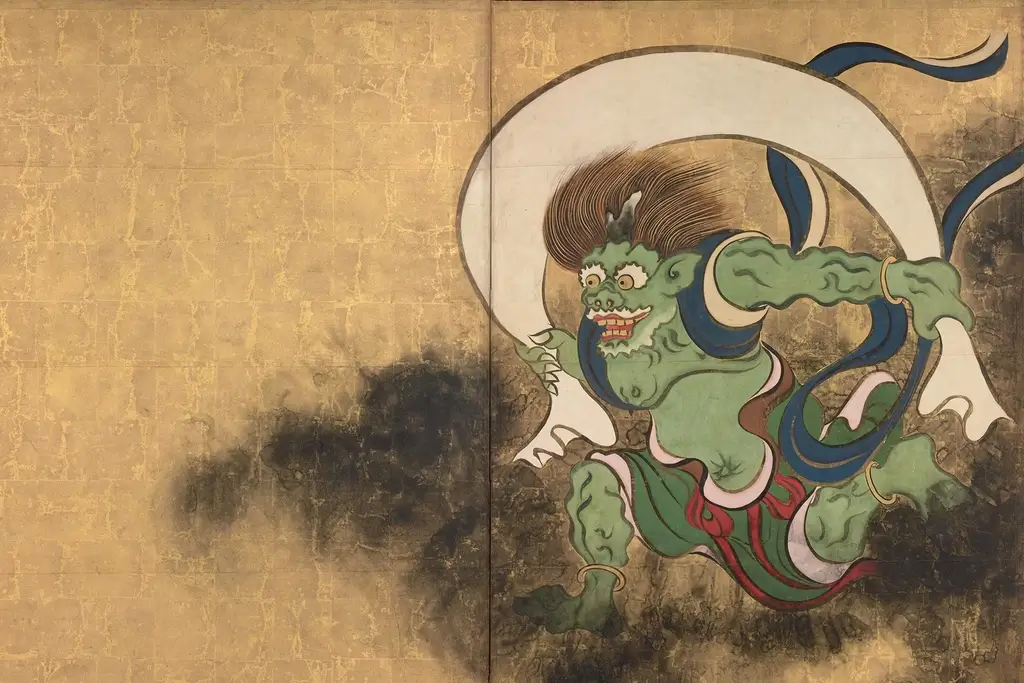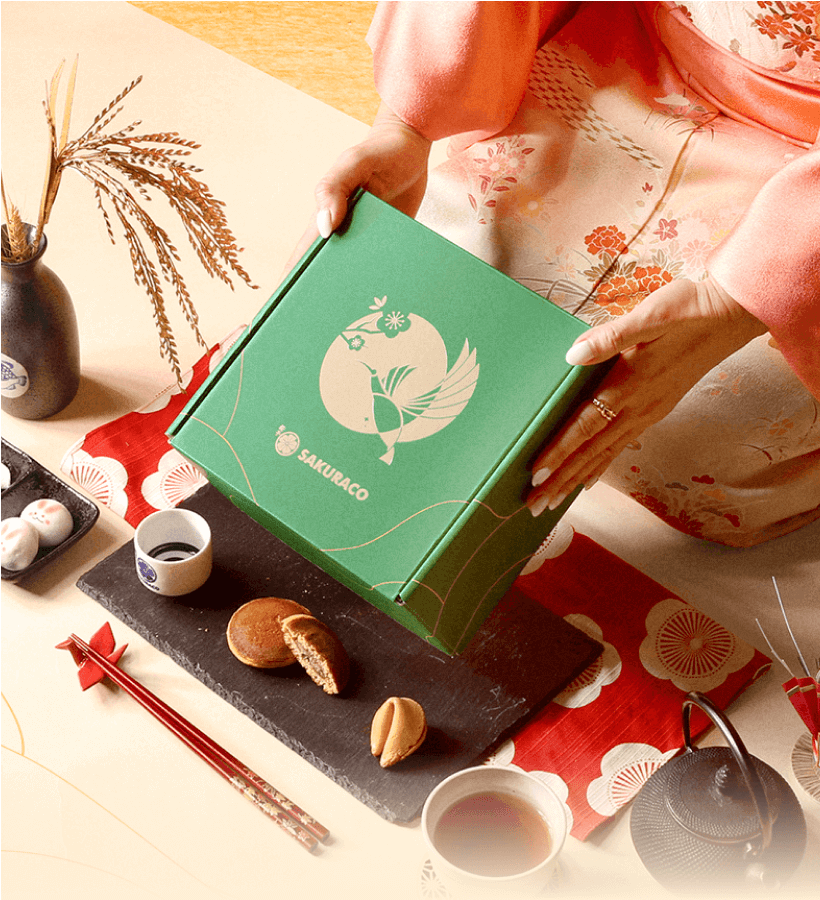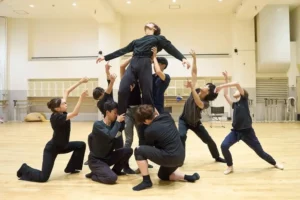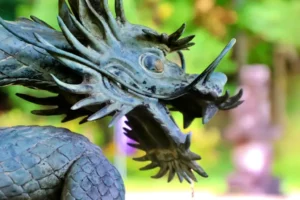Summer in Japan is when ghost stories and legends come alive, especially tales of Japanese mythical creatures. As people visit rivers, forests, and coastal towns to escape the heat, stories of strange beings begin to resurface. These creatures have been part of Japan’s folklore for centuries, teaching lessons, sparking fear, and adding mystery to the natural world. In this article, we will introduce four different mythical creatures!
Table of Contents
ToggleKappa: The River Monster
During summer, many people in Japan head to rivers, lakes, and ponds to cool off, but be careful! You might just run into a kappa. The kappa is one of Japan’s most famous mythical creatures. It resembles a mix between a turtle and a frog, with a water dish on its head. This water gives the kappa its strength. If it spills, the kappa becomes weak. These creatures are said to live in rivers and ponds, which is why parents used to warn children not to play too close to the water.
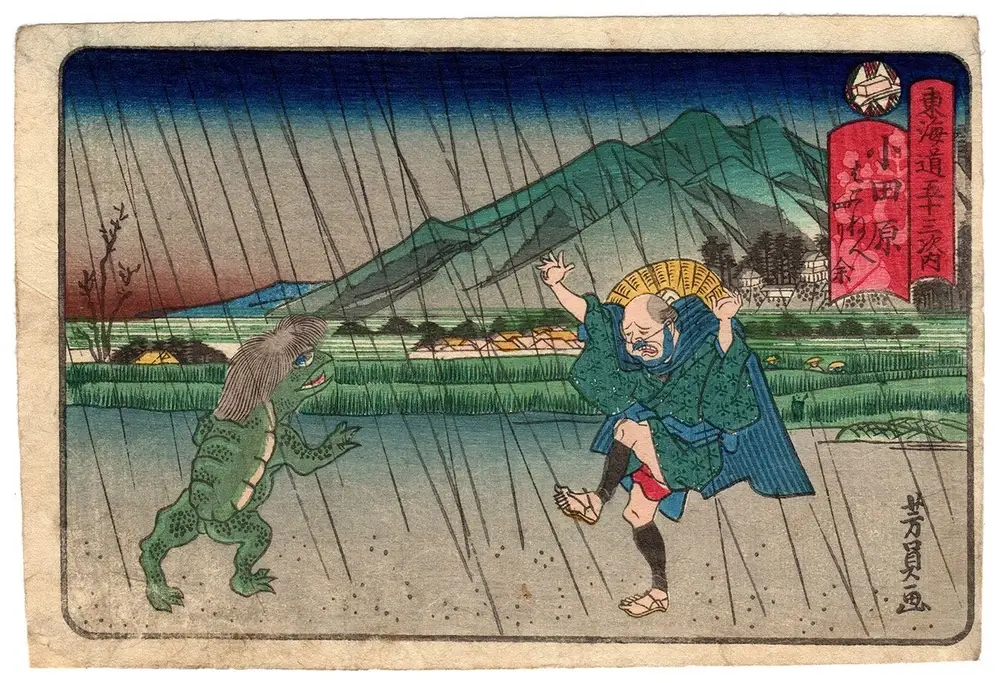
According to folklore, cucumbers are a kappa’s favorite meal. During the Edo period (1603 to 1868), it was common to write the names of family members on cucumbers and send them down to the river. This was to help get on the good side of the kappa, bring in luck, and prevent drownings. In modern times, a popular sushi roll filled with cucumber is called kappa-maki.
Kappa can be both good and evil creatures. While they are usually associated with pulling people into the water and drowning them, they are also known for helping farmers. If you come across a bad kappa, you can defeat it by bowing to it. Since they are obsessed with being polite, they will bow back, causing their water to spill and go back into the water. To befriend one, refill their water dish; you will become best friends forever!
Bakekujira: The Mysterious Ghost Whale
The bakekujira, or “ghost whale,” is a mysterious and haunting mythical creature that lives in the sea. Unlike other sea monsters, this one is already dead. According to legend, the bakekujira appears as a giant skeleton of a whale. It glows as it floats above the sea’s surface during rainy nights. People say it drifts near fishing villages in western Japan, especially in Shimane Prefecture.
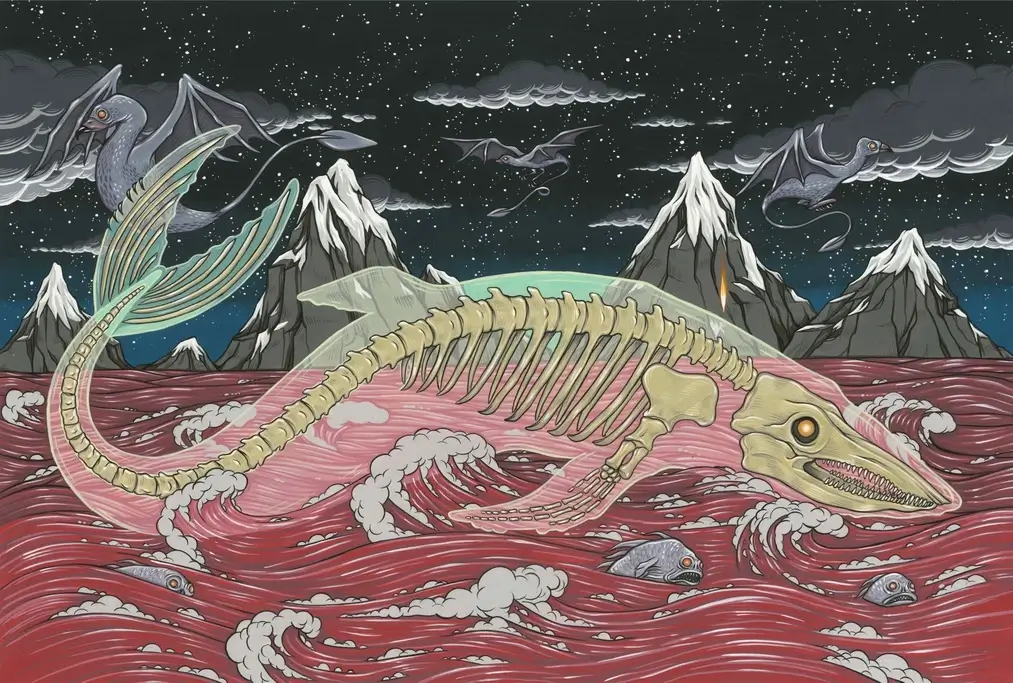
When the bakekujira appears, it brings strange weather, curses, and misfortune. Villagers have tried to catch it with harpoons, but nothing can pierce its ghostly, skeletal form. Some tales say it arrives with a flock of ghostly birds and strange fish, making the sea feel eerie and cursed. This is especially unsettling because, in the past, spotting a whale was seen as a blessing. It meant the village could gather extra meat to feed everyone.
One folktale tells of a fisherman who saw the bakekujira on a stormy night. He hurled a harpoon at it, but it passed straight through the creature’s body. The next day, his village was struck by illness and misfortune. Many believe the bakekujira is a warning, reminding people to respect nature and the spirits of animals killed without care or gratitude.
Are you looking for great snacks from Japan for the summer? Check out Sakuraco! Sakuraco delivers traditional Japanese snacks, teas, and sweets from local Japanese makers directly to your door so you can enjoy the latest treats directly from Japan!
Kitsune: Japan’s Magical Shape-Shifting Fox
The kitsune, or magical fox, is one of the most iconic Japanese mythical creatures you can see in anime and manga. In Japanese folklore, kitsune are known for their shape-shifting ability, often taking the form of beautiful women. These transformations allow them to live among humans, sometimes for years, without being discovered. Some kitsune use their powers to play clever tricks, while others form deep, emotional bonds with people.
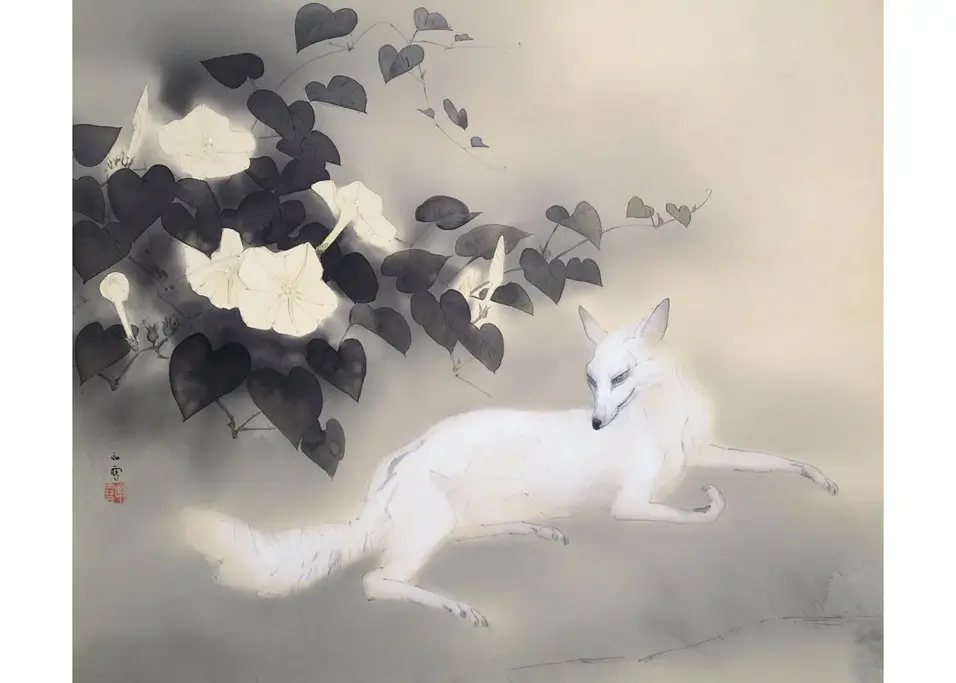
A well-known folktale tells of a man who falls in love with a mysterious woman. They marry, live happily, and raise children together. But one day, he discovers that she is a kitsune in disguise. Heartbroken, she vanishes, but continues to watch over her family from a distance, protecting them silently and lovingly. Her children grow up never fully understanding why their mother disappeared, but they often feel her unseen presence guiding them.
Unlike other creatures meant to scare or punish, kitsune stories often explore themes of love, loyalty, and the cost of secrets. These tales reflect how powerful emotions can cross the boundary between the human and spirit worlds. The kitsune’s ability to care for those they love, even after being forced to leave, makes them a rare and unforgettable figure in Japanese mythology.
Tanuki: The Mischievous Shape-Shifting Raccoon Dog
The tanuki, or Japanese raccoon dog, is a playful and mischievous mythical creature in Japanese folklore. While real tanuki are shy animals, the ones in folklore are full of magic and fun. Like the kitsune, they are famous for their shape-shifting powers and love of tricking humans. Unlike dangerous monsters, tanuki are usually friendly and silly, using their magic to play harmless pranks.
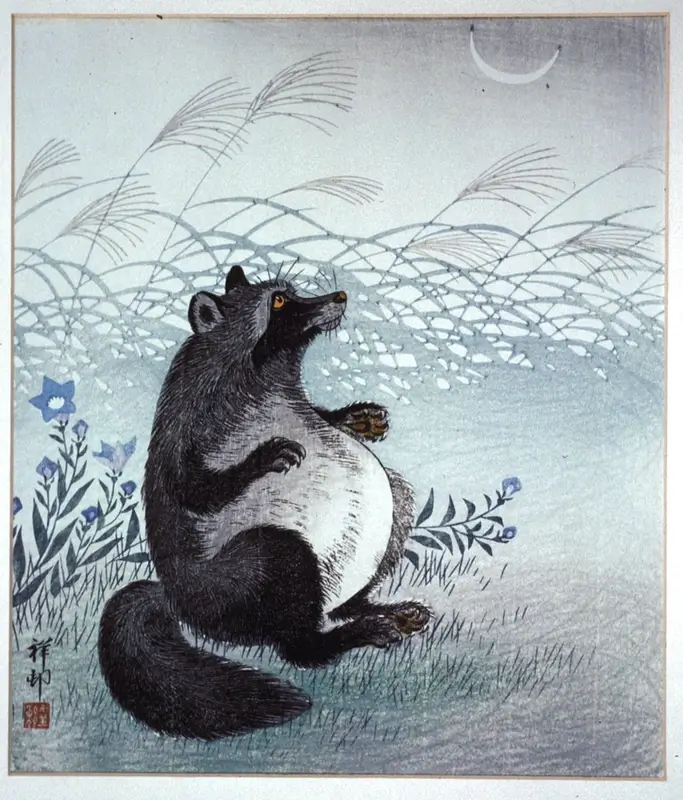
Tanuki often transform into people or objects, like monks, tea kettles, or statues. One popular story, Bunbuku Chagama (Bunbuku tea kettle), tells of a tanuki that turns into a tea kettle and performs in a traveling show! Thanks to the tanuki’s skills, the owners of the traveling show end up making a lot of profit. These stories are meant to entertain and sometimes teach lessons about greed, kindness, or keeping an open mind.
You’ll often see statues of chubby, smiling tanuki outside shops and restaurants in Japan. These statues usually carry a sake bottle, wear a straw hat, and have a big belly, symbolizing happiness, good fortune, and generosity. With its magical tricks and cheerful spirit, this creature brings laughter and charm to Japanese folklore.
Why are Japanese mythical creatures and their tales important?
Japanese mythical creatures continue to enchant because they reveal deep connections between people, nature, and the unseen world. Stories of kappa, kitsune, tanuki, and bakekujira teach caution, kindness, and respect through mystery and humor. Passed down through generations, these tales still appear in anime, festivals, and daily life, blending old beliefs with modern imagination in unforgettable ways. What creature do you want to see and why? Let us know in the comments below!


